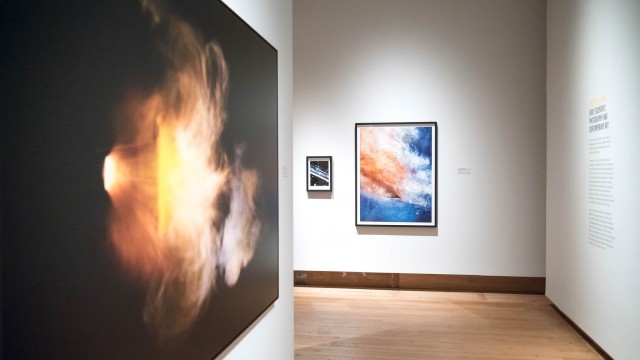Social media
Photography course dates
News letter sign up
Top Posts & Pages
- Home page
- Brighton Starling Murmurations
- Brighton Swimming Club 2014 to Present
- Lomo LC-A 120 medium format camera hands on review
- MSK graffiti crew cover 100 meters of the Brighton i360's hoarding
- Toy Cameras / Fantastic Plastic Cameras - Cameras Included
- Nikon Coolpix S33 / S32 review: The Ultimate Camera For Children
-
Recent Blog Posts
- The 2020 Brighton and Hove calendar
- 2019 Lewes Bonfire celebrations
- Lomogon lens launched on Kickstarter
- I’m speaking at T-Shaped Talks at Platf9rm in Brighton
- Brighton Swimming Club in Robinsons ad and Michael Portillo Documentary
- Runner up in the ‘For the Love of the Water’ category at the Kendal Mountain Festival 2018
Categories
- Adobe Lightroom (7)
- Books (17)
- Brighton (69)
- Brighton i360 (9)
- Cameras (9)
- Competition (5)
- Events (43)
- Exhibitions (41)
- Interview (8)
- iPhone (18)
- Lomo (9)
- Lomography (17)
- Magazines (9)
- Martin Parr (13)
- News (29)
- Pecha Kucha (3)
- Photo Books (4)
- Press (10)
- projects (11)
- Published (51)
- Recent Photo Books (3)
- Reviews (26)
- Software (12)
- Talks (26)
- Teaching (8)
- Time-lapse (4)
- Tutorials (13)
Tag Archives: science
Revelations Experiments in Photography at the Science Museum’s Media Space
Revelations Experiments in Photography is a photographic exhibition focusing on Scientific photography and how Science has influenced photography. The exhibition is split into three sections: Once Invisible, The New Vision and After the Future.

The room ‘Once Invisible’ showcases the work of early pioneering scientific photographers which includes the first photograph of a solar eclipse and the first X Ray images. The more I learn about the history of early photography the more I find myself amazed at what could be achieved in a short time after the first permanent photographic image was captured in 1826. A lot of the images depict subjects that would of never been seen before the invention of photography weather that’s because they focused something really small, used long exposures or visualised the invisible like magnetic fields. Auguste Adolphe Bertsch’s image of a honey bee louse magnified 300 times really caught my eye, it’s a pin sharp picture of insect so small that it lives on a honey bee and it was taken in 1875.